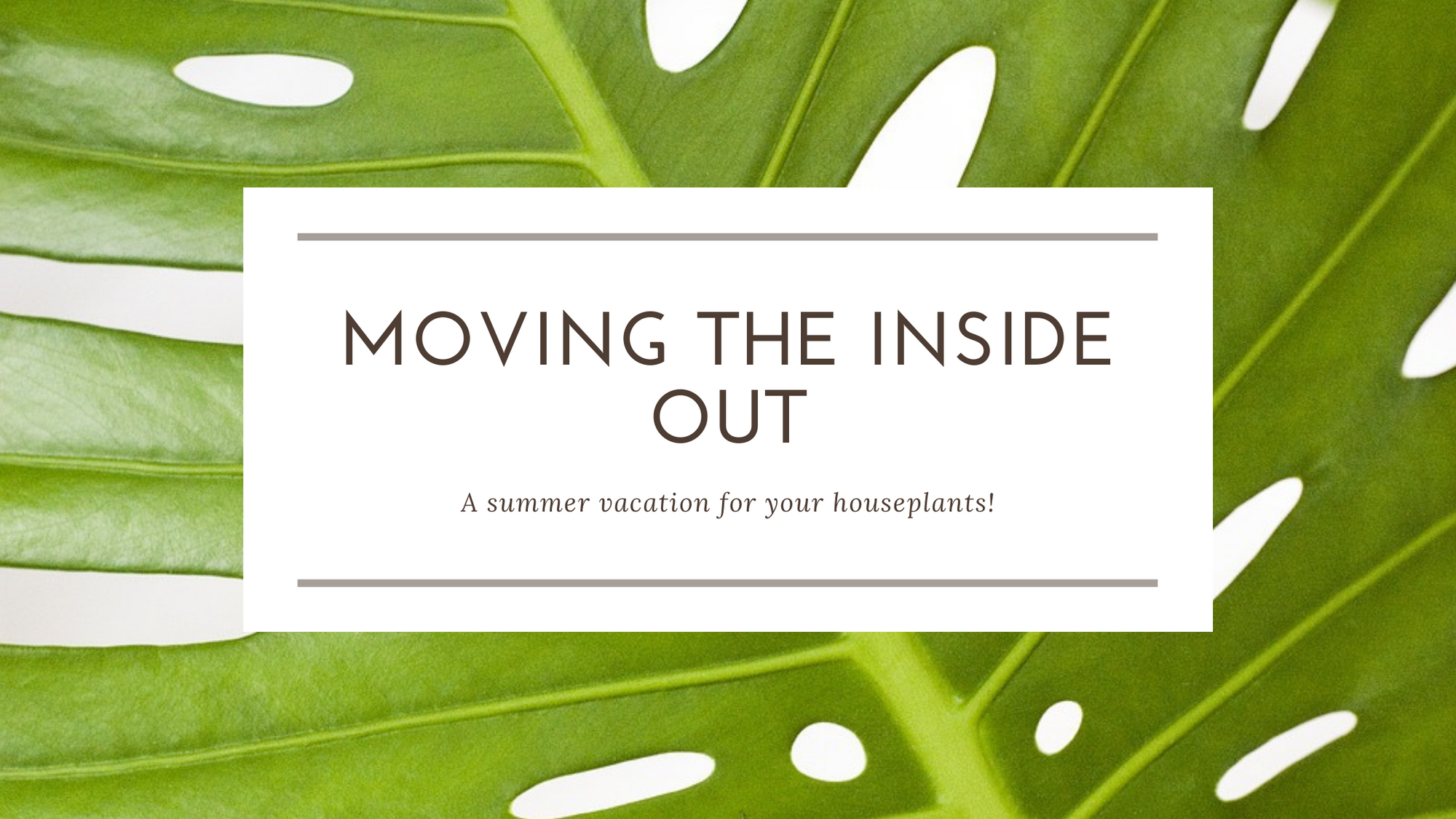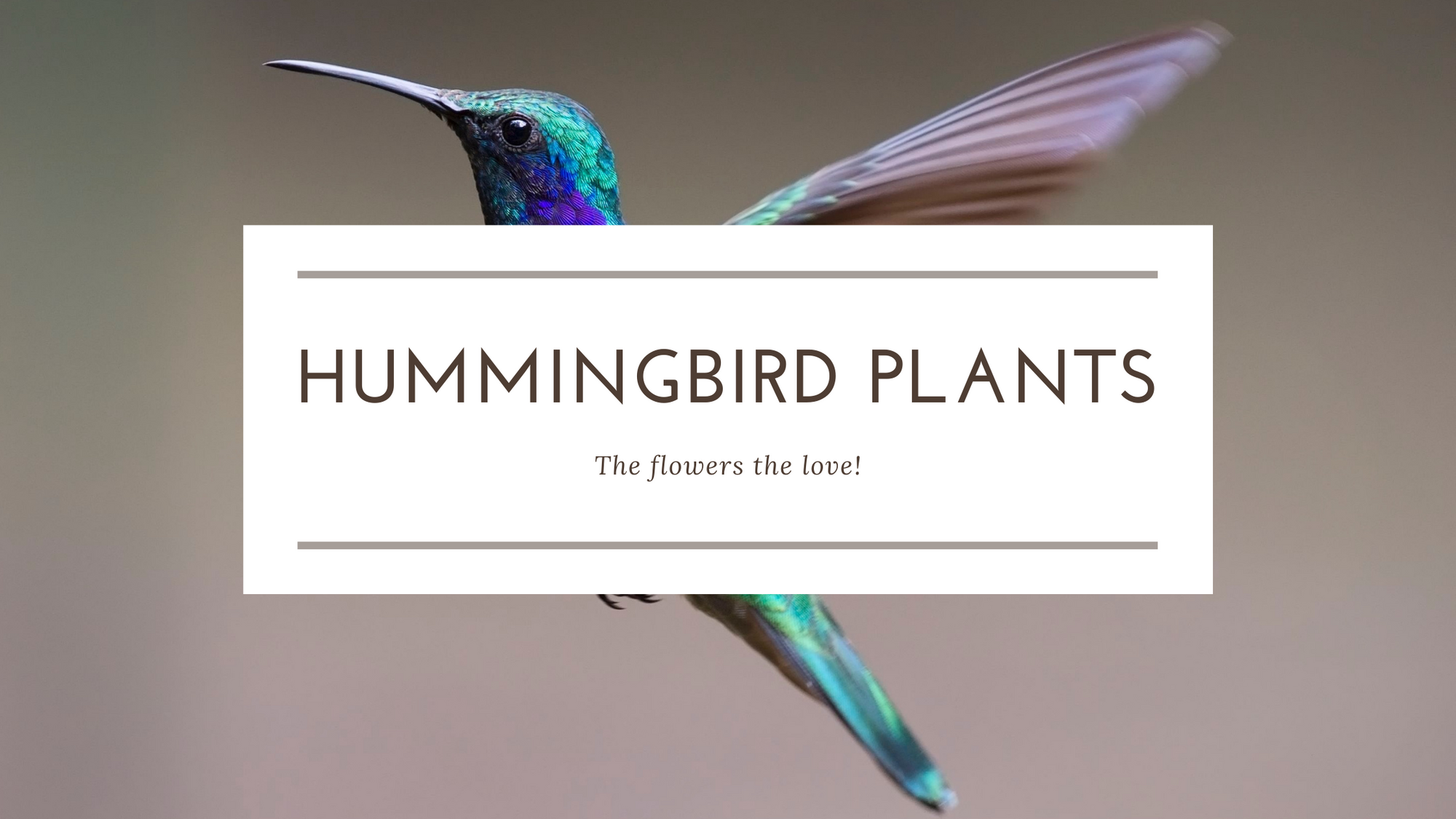Hummingbirds are here!
Hummingbirds have found their way back to Colorado for the summer. They are always a treat to watch and are well worth providing a feeder for so you can observe them more closely. They prefer plants over feeders and it’s easy to add some of their favorite plants to your garden or patio pots. We’ll detail their favorite plants in our next blog post next week. Here is a rundown on feeding and caring for them, and the species that come to Colorado Springs.
Feeding
Bring 4 cups water to a boil, turn off heat and add 1 cup white table sugar, stir until sugar is dissolved. (Boiling helps slow bacterial growth). Cool the sugar solution before filling your feeder so you don’t break it, or burn the bird’s tongues. Store extra nectar in your refrigerator for up to a week in a sealed container. DO NOT use food coloring, or other sweeteners like stevia, honey or anything artificial. Do not use store bought nectar powders or liquids. They are expensive and contain additives and colorings the birds do not like or need.
Cleaning
· Change nectar and clean feeder at least weekly, and sometimes 2-3 times a week during hot summer weather.
· Tip: when it starts turning milky, it is going bad and should be changed. If you see little black mold spots or floating items be sure to change and thoroughly clean your feeder as mold is harmful to the hummingbirds. If extra cleaning is required, a solution of 1 part vinegar to 4 parts water can be used, shake with a few rice grains if you need some natural abrasion for pesky mold spots.
The Birds
Broad-tailed Hummingbird
This is most common hummingbird found here. Its habitat is the subalpine meadow, but they can also be found in open woodlands, especially pinyon-juniper and pine-oak ecotypes, brushy hillsides, scrub and thickets. This is the foothills habitat of western Colorado Springs. They have the distinctive metallic shrill you hear when outside hiking or walking.
Description: Adult male has a red throat. Look for a wider, rounded tail. Adult female has white throat speckled with iridescent green or bronze. Females can be very difficult to distinguish from other hummers, but compared to the Rufous, she has a longer, broader tail. Immature resembles adult female, with more spotting on throat. Size: about 3 3/4” long
These birds can arrive early in April in Colorado Springs, usually in time for a snow storm. But their ability to enter torpor, (slowing their heart rate and dropping their body temperature on cold nights to preserve energy). The nest starts as a cup shape, but it stretches as the chicks grow until the cup is flattened into a platform shape.
Black-chinned Hummingbird
Black-chinned Hummingbirds are exceptionally widespread, found from deserts to mountain forests. As a habitat generalist, they are found both in natural habitats and very urbanized areas as long as there are tall trees and flowering shrubs and vines. During migration, individuals rarely remain longer than one day at a feeder even when food is scarce.
Black-chinned Hummingbird’s eggs are about the size of a coffee bean. When hatched, the babies are about 1/4 of an inch long and mostly unfeathered.
Calliope Hummingbird
The smallest US hummer and the smallest bird in the world to migrate long-distances, it measures at about 3 1/4 inches long and weighs in at about one-tenth of an ounce. Winters in Mexico, they do visit feeders here in the central Front Range mostly during migration. Summers at high elevation, open montane forest, mountain meadows, and willow and alder thickets (usually breeds in the north-west states). They often make a soft “tik” while feeding, but typically remain quite silent.
Rufous Hummingbird
The Rufous hummingbird, one of our four local species, joins mid-summer. It’s a bold, beautiful but pesky little hummer. The Rufous’ migration is thought to be the longest of any bird in the world in relation to its body length. Spring migration takes them up the Pacific coast where the birds breed in the North-West, British Columbia and Alaska. This is the furthest north that any hummingbird species breeds. Southbound migration starts in June, bringing them down the Rockies where they slowly work their way back to winter territory in Mexico.
This hummer is why you need a second (or third) hummingbird feeder! Rufous are a solitary species and are very defensive and aggressive near feeders, particularly during migration. These tiny birds will perch on a high, open branch overlooking “their feeder” when not feeding. When another hummer is seen near “its feeder,” the Rufous will chase, chirp and threaten by diving, tail fanning and other visual and vocal demonstrations.






